As I reported on my last post, Mia and I found two Mountain Plovers on Antelope Island yesterday. They’re rare in Utah and I had never seen the species before, even in my travels to Montana and Wyoming where they’re more common. It was a very exciting day.
Many consider the species to be misnamed because it’s not found in mountains. Instead it breeds on the dry tablelands of the western great plains and spends its winters in the deserts and dry grasslands of northern Mexico and California.
1/4000, f/7.1, ISO 500, 500 f/4, 1.4 tc, natural light
I suspect these two birds to be male and female but I don’t know that for sure as the sexes are similar in size and plumage. But this one has more red…
1/4000, f/7.1, ISO 500, 500 f/4, 1.4 tc, natural light
while the other bird has less.
This species has a reputation for being unwary and highly approachable, even tame. These birds demonstrated no signs of nervousness in our presence (shooting from my pickup) and at times they approached my vehicle so closely that I simply put down my camera and watched them because they were too close to focus on or to get into the frame. I half expected them to walk under my pickup at times but they didn’t.
1/3200, f/8, ISO 400, 500 f/4, 1.4 tc, natural light
Mountain Plovers forage on ground dwelling invertebrates, particularly insects and they’re very good hunters.
1/2500, f/7.1, ISO 500, 500 f/4, 1.4 tc, natural light
I watched as both birds snagged innumerable Arthropod prey, especially insect larvae.
1/2500, f/7.1, ISO 500, 500 f/4, 1.4 tc, natural light
This species prefers sites that have been disturbed – prairie dog towns, areas where heavy sheep or cattle grazing has occurred, where vehicles have trampled the vegetation, etc. They’re extremely tolerant of vehicles, machinery, tractors – even aircraft. And they’re strongly attracted to burned areas for nesting and foraging – that attraction is so strong that they often show up on fields when the fires are still smoldering. Tall vegetation is avoided because they’re dependent on vision to detect potential predators while they forage or nest.
Both birds were foraging on an area of the island that is essentially a huge grass covered parking lot that is used by the state park for overflow camping and parking and for its many huge events such as the balloon festival and kite festival. It’s driven on regularly and is often covered with hordes of people, horse trailers, campers and others. Park personnel sometimes mow the area before an event.
In other words, these plovers were where they were because the area is disturbed, which I find interesting. This is the only area of the island that I know of where you can leave the road in a vehicle and not only be legal but be improving the habitat for some species at the same time.
1/3200, f/7.1, ISO 500, 500 f/4, 1.4 tc, natural light
Despite their closeness these plovers were quite difficult to photograph because it was hard to keep focus lock on them. They run quite fast for about 3 feet, stop and scope the ground for insects, then run again in an unpredictable direction. They barely stop when they stretch their wings. I liked this pose but I sure wish I’d had eye contact.
1/2500, f/7.1, ISO 500, 500 f/4, 1.4 tc, natural light
The only sign of nervousness or alarm I ever noticed from these plovers (and I saw it often) was when a curlew, raven, hawk or gull flew overhead and then they became very nervous. When that would happen they would squat down and sit on their tarsi and move very little, making themselves as inconspicuous on the ground as possible.
1/2000, f/8, ISO 400, 500 f/4, 1.4 tc, natural light
Here, after several minutes of defensive squatting after a large bird had flown over, one of the plovers is looking around to see if it’s safe to get up and continue foraging.
1/2500, f/8, ISO 400, 500 f/4, 1.4 tc, natural light
I must admit that yesterday morning I fell in love with the Mountain Plover. They’re simply dandy little birds and I was mesmerized by watching their natural behaviors for so long and having them simply ignore us and go about their business. These birds won’t be here long and perhaps they’ve already left for Montana or Wyoming to breed. I wish them luck and success.
And I thank them.
Ron
PS – My hosting provider, Network Solutions, has been having hiccups once again today so that’s the reason many of you have presumably had difficulties loading my blog and it’s also why I’m so late with this post. And latency issues continue to be a problem. What a pain!


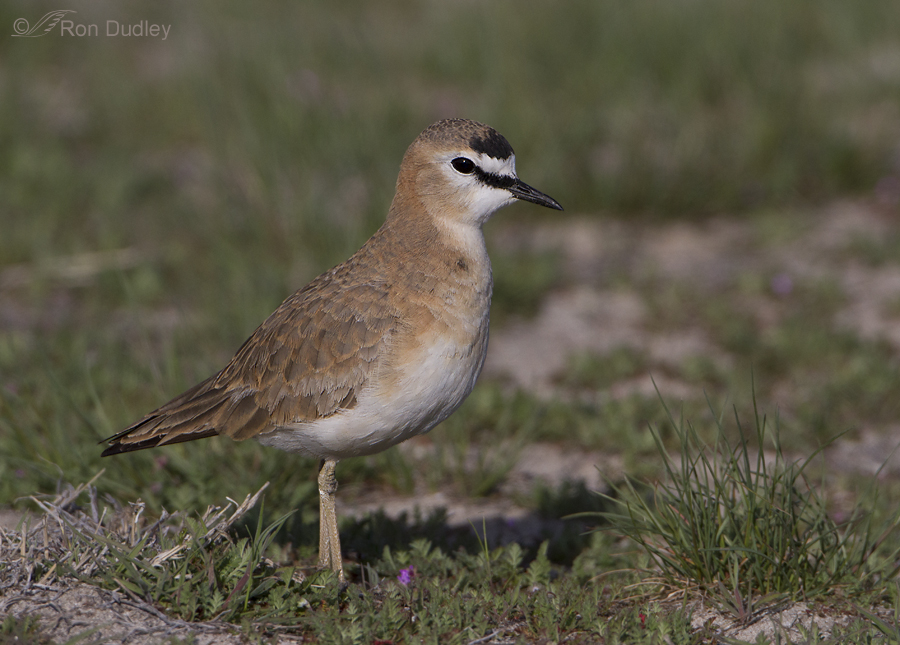
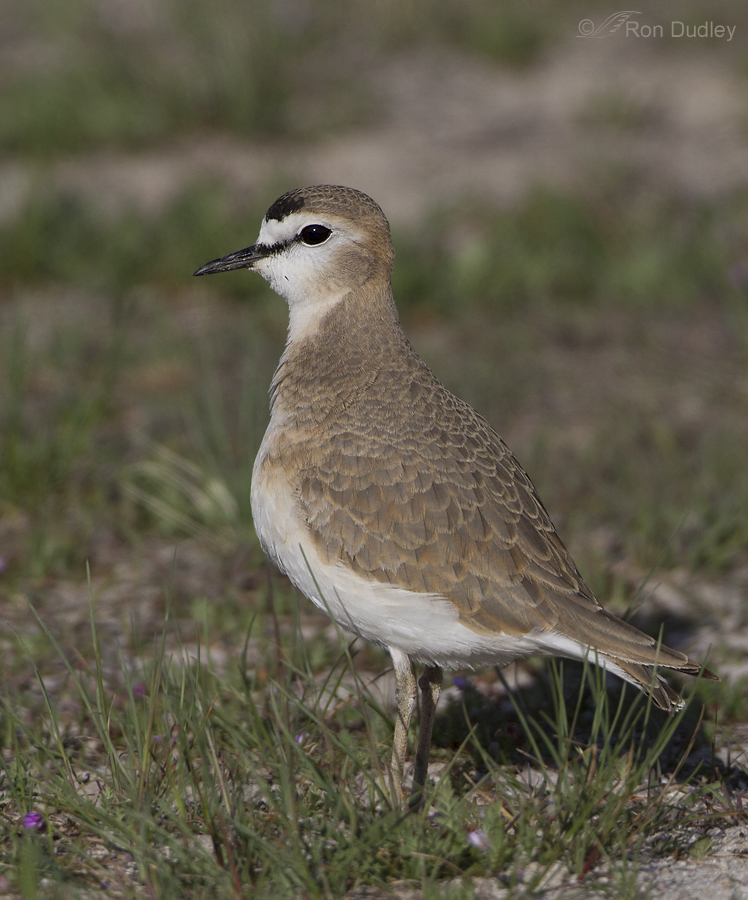
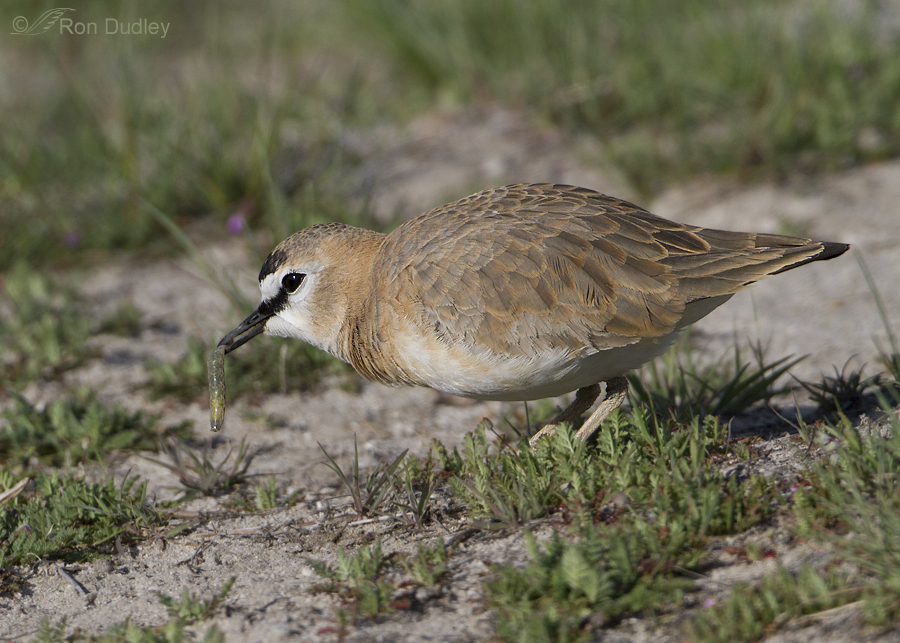
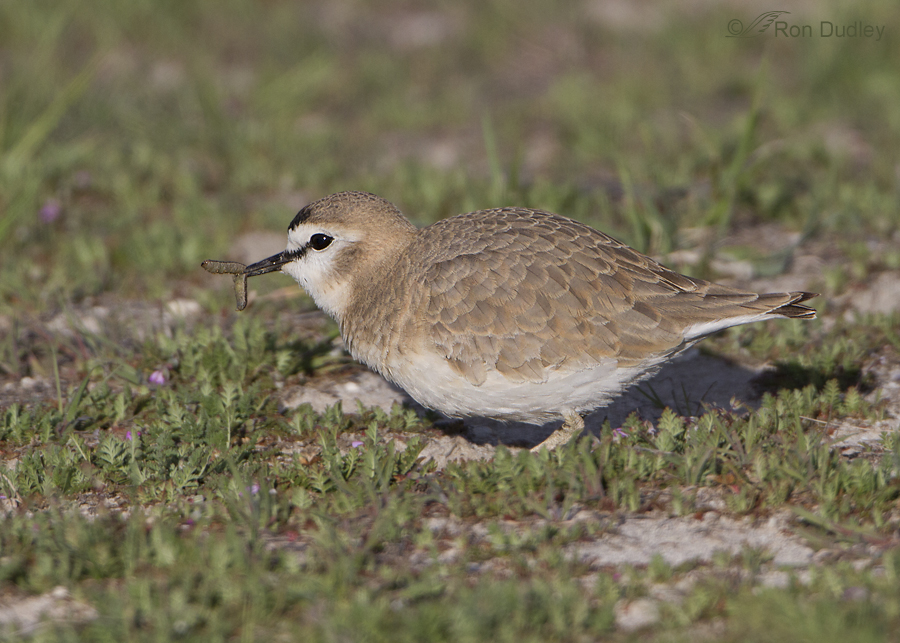
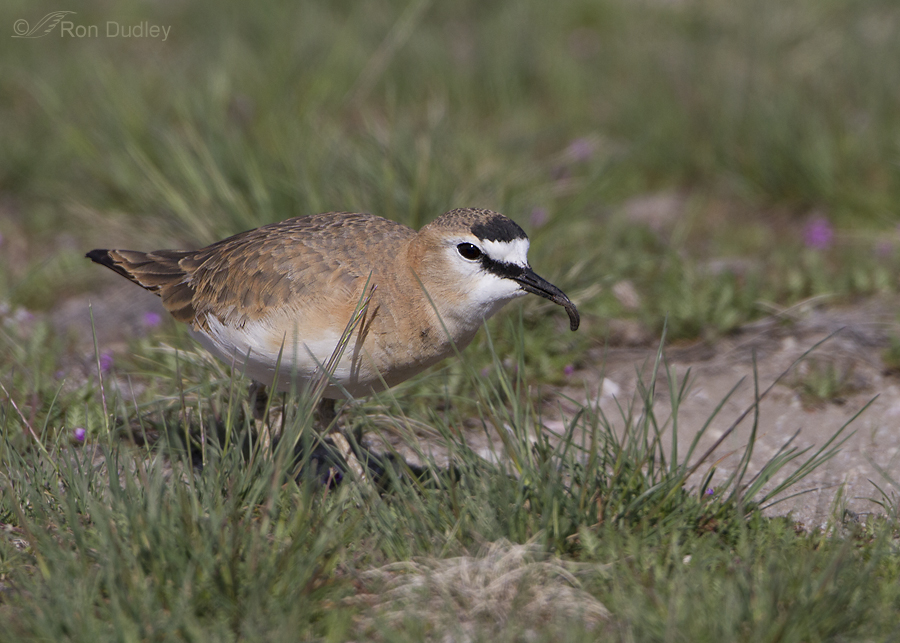
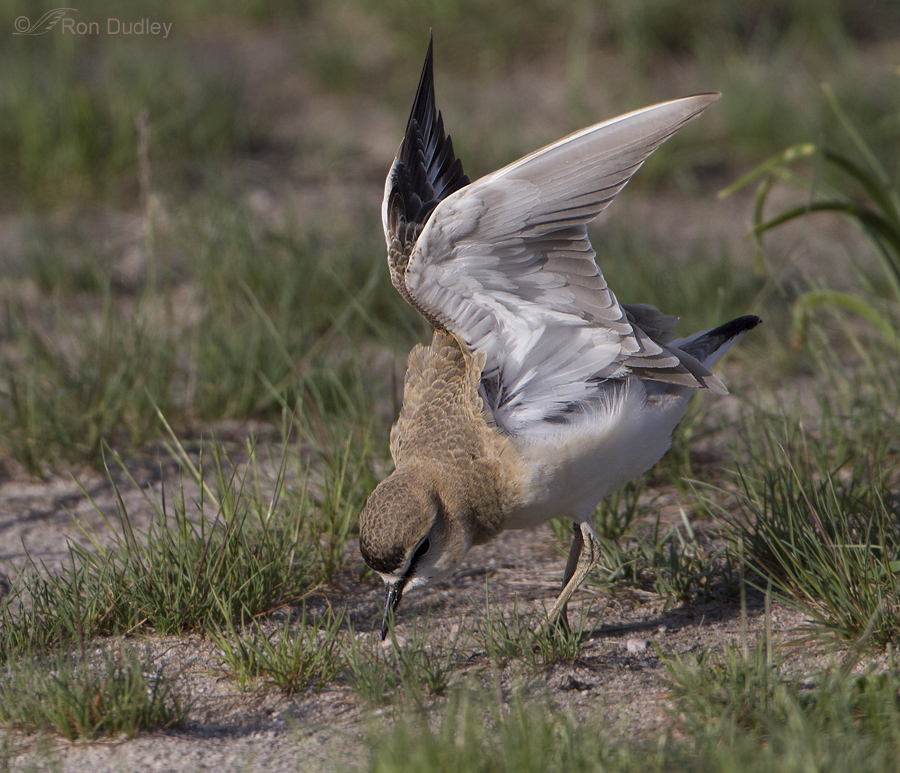
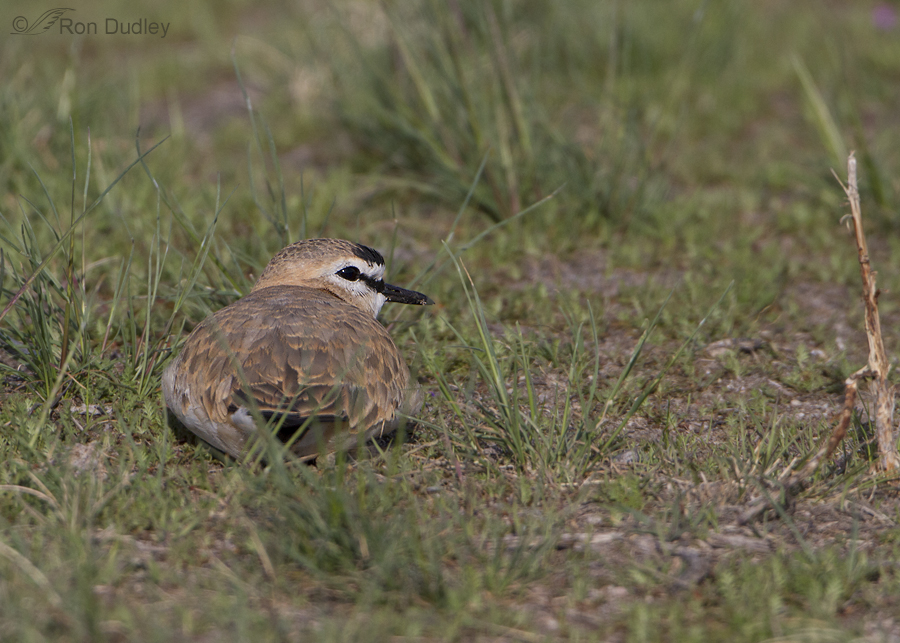
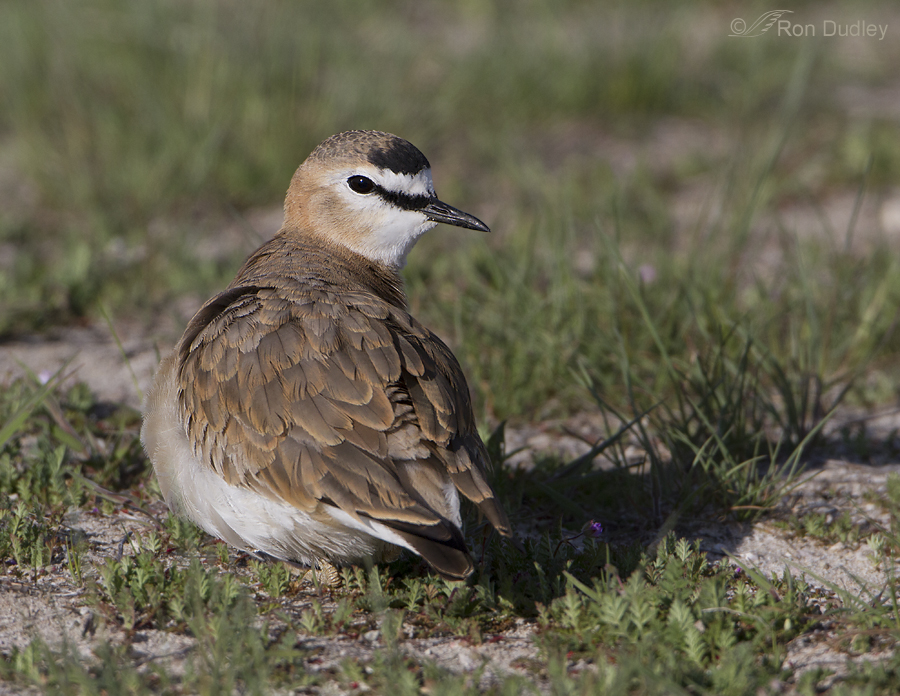
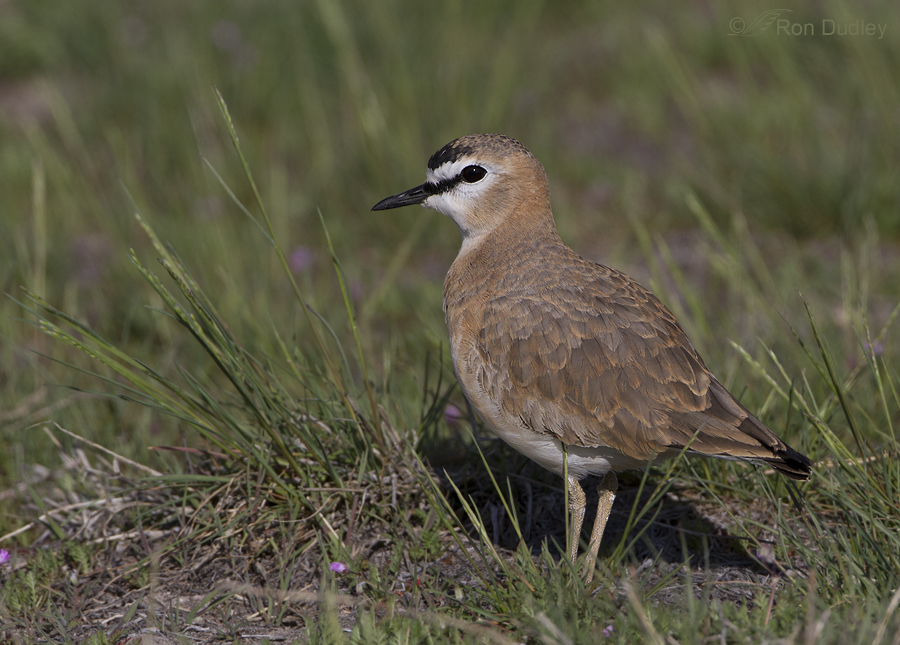
Your photos are just amazing. It’s the best way to document the presence of a rare bird like this one !
They are so sweet. I love the images and the narrative. I can see why you fell in love with them. Thank you for sharing your wonderful experience with us.
Such a stunning little bird. Thank you (and them) so much.
Fantabulous! I know it’s not a word, but there aren’t any real words to describe your photographic expertise and your enthusiasm. Both shine through in these images of a beautiful bird!
Thank you for sharing your experience!
Not knowing a thing about these cutie pies….they remind me of Killdeer…..great job Ron.
~Tim
maybe I can get the Kestrel grooming to load to. My satellite provider and NOAA are having problems too. Beautiful little plover, enjoyed!
What a beautiful series of photos! I can see why you fell in love with these birds – they seem to have lots of personality.
FYI – when I first clicked the email link, my browser couldn’t open the page; first refresh I got text but no photos; 2nd refresh I got the photos, all within the space of two minutes at most. It could have been a lot worse – my gratification wasn’t seriously delayed
The problem with Network Solutions continues to be a problem, Susan. Thanks for the feedback on that.
How wonderful and boy, did you capture them beautifully!
Charlotte
Thank you, Charlotte.
Fantastic shots Ron, just wonderfully done!!
Thanks very much, Dick.